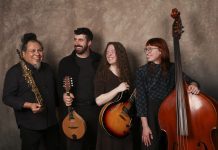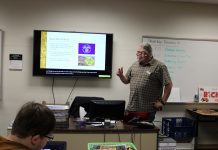While lighthouses have served as critical navigation beacons for hundreds of years, they’ve also long captured the imagination of artists, poets, photographers, and filmmakers for both their beauty and their solitude.
Washington State is currently home to 24 lighthouses, 21 of which are still operational. While none exist in Whatcom County, a handful can be found and visited in the nearby San Juan Islands. Two are located on San Juan Island, while another three can be found on smaller, harder-to-access islands that provide a greater sense of isolation.
If you’re looking for a fun, seaworthy day trip, here are your options for visiting a local lighthouse.
Cattle Point Lighthouse
Located on the southernmost tip of San Juan Island, Cattle Point Lighthouse sits atop a bluff overlooking the scenic confluence of the Strait of Juan de Fuca and Haro Strait.
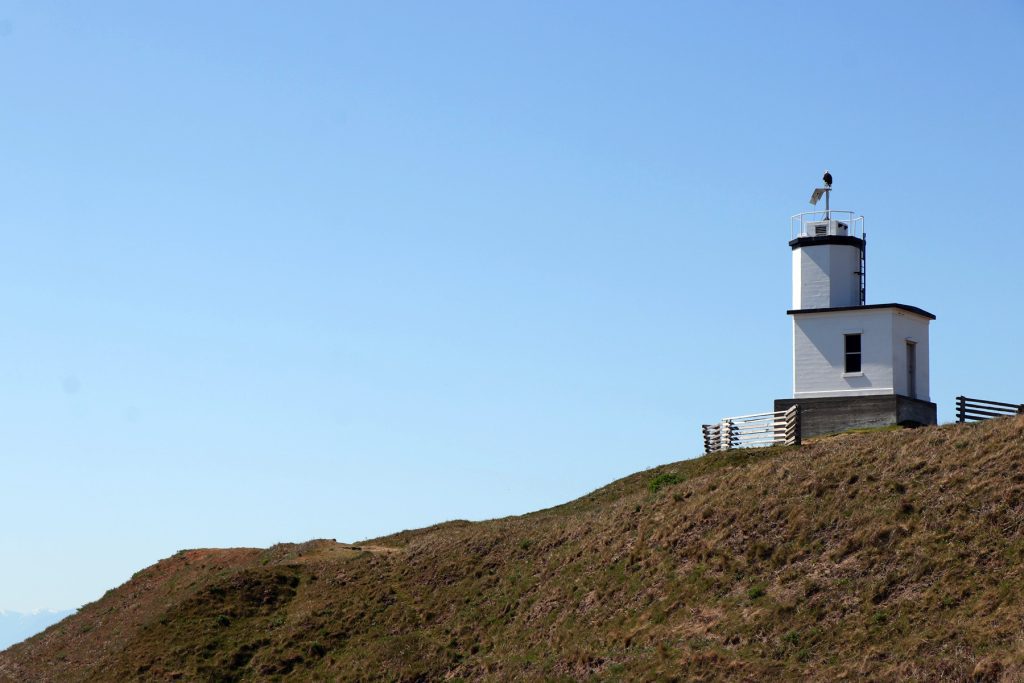
Cattle Point gained its name in the 1850s, when the Hudson’s Bay Company unloaded cattle at a dock in the area, which was also part of the American Camp during the famous Pig War between U.S. and British forces.
The point’s first navigational aid, erected in 1888, was just a brass lens lantern sitting atop a post, and was maintained by American Camp veteran George Jakle and successive members of his family. Cattle Point gained a U.S. Navy-built radio compass station in 1921, and sailors assigned to the station became responsible for maintaining the light.
In 1935, the current 34-foot concrete tower — outfitted with an electric light — was constructed by the U.S. Lighthouse Service. The lighthouse relied on a visiting light keeper until the late 1950s, when its lantern was removed, and the station became fully automated.
Now maintained by the U.S. Coast Guard and powered by solar-cell batteries, Cattle Point Lighthouse is also part of the San Juan Islands National Historical Park. A roughly quarter-mile walk from the Cattle Point Interpretive Area parking lot will get you to the lighthouse, which cannot be entered by the public.
Lime Kiln Lighthouse
Like Cattle Point, Lime Kiln Lighthouse gets its name from another of San Juan Island’s scenic sites: Lime Kiln State Park, where hot kilns turned limestone into lime (an ingredient in mortar and cement) between the 1860s and 1930s.
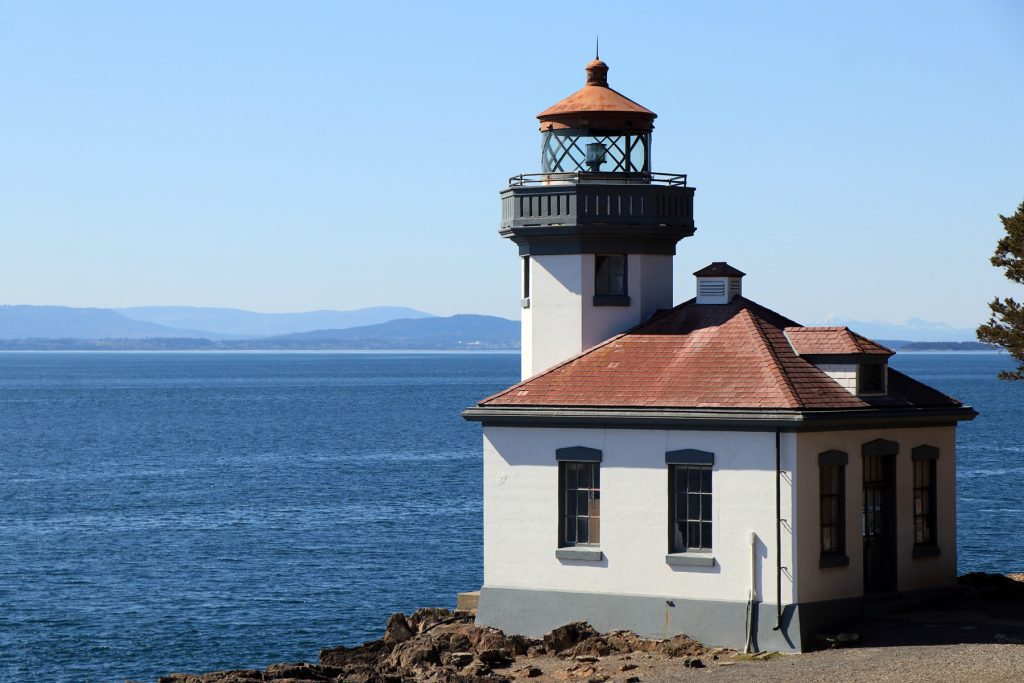
The area gained its first navigation light in 1914, and the current station — consisting of a 38-foot-tall tower, keeper’s home, and an oil and coal house, began operating in June 1919. While the keeper’s home no longer stands, the other two structures remain due to their sturdy construction of reinforced concrete.
Two keepers originally traded 12-hour shifts every single day of the year, and due to the difficulty in bringing reliable electricity to the area, Lime Kiln used incandescent oil vapor to power its light for many decades. When it finally switched to electricity in the early 1950s, it was the last lighthouse in the state to do so.
Fully automated by the Coast Guard in 1962, Lime Kiln Lighthouse’s current beacon can be seen up to 17 miles away. The building was added to the National Register of Historic Places in 1978, and is also used by Friday Harbor’s Whale Museum, which uses the lighthouse’s terrific viewpoint for whale research and listening in the Haro Strait.
Tours of the lighthouse are available during the summer season, and weddings can also be booked there. Reaching the lighthouse requires a short hike from the park’s parking area.
Patos Island Lighthouse
Constructed in 1893, the Patos Island Lighthouse has long shined into the Strait of Georgia as the San Juans’ northern-most beacon.
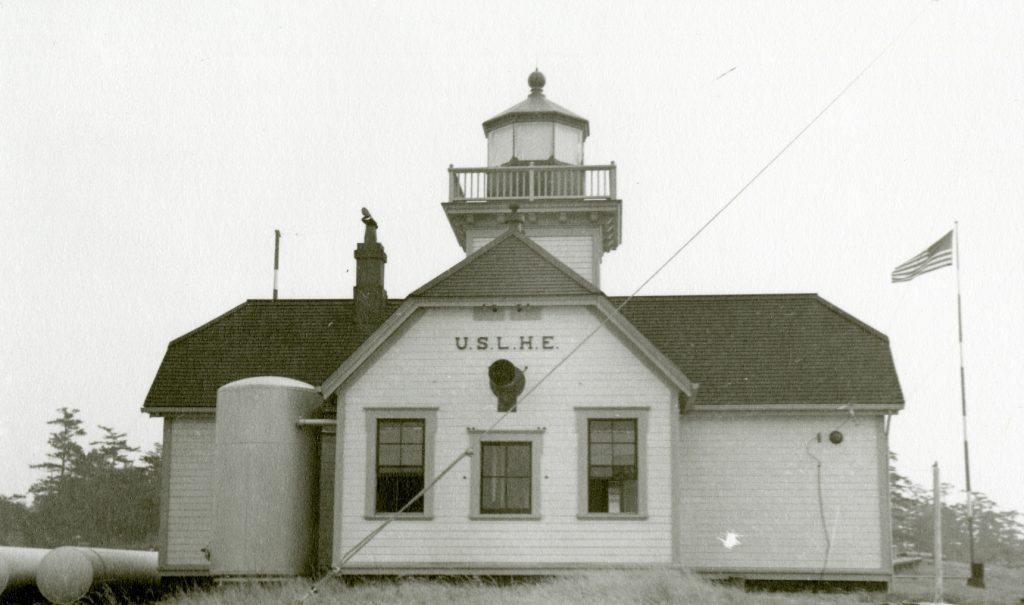
The wood-framed structure was originally built without its 38-foot-tall tower, which was added in 1908. The tower’s original Fresnel lens was floated in a bed of mercury to help it spin more easily — a practice thought to have given some lighthouse keepers insanity-inducing mercury poisoning; the lens is now displayed at Whidbey Island’s Admiralty Head Lighthouse. Patos’ current electric light — projecting around 40,000 candle power that can be seen up to 14 miles away — is mounted on a structure outside the lighthouse.
The structure was automated in 1974 and added to the National Register of Historic Places in 1977. It is now part of Patos Island Marine State Park, and is publicly accessible. Getting there requires a boat: either private vessel or for-hire water taxi. The latter can be expensive.
Turn Point Light Station
Located on Stuart Island (northwest of San Juan Island), Turn Point Light Station was built in 1893 at a cost of $15,000 (more than $500,000 today).
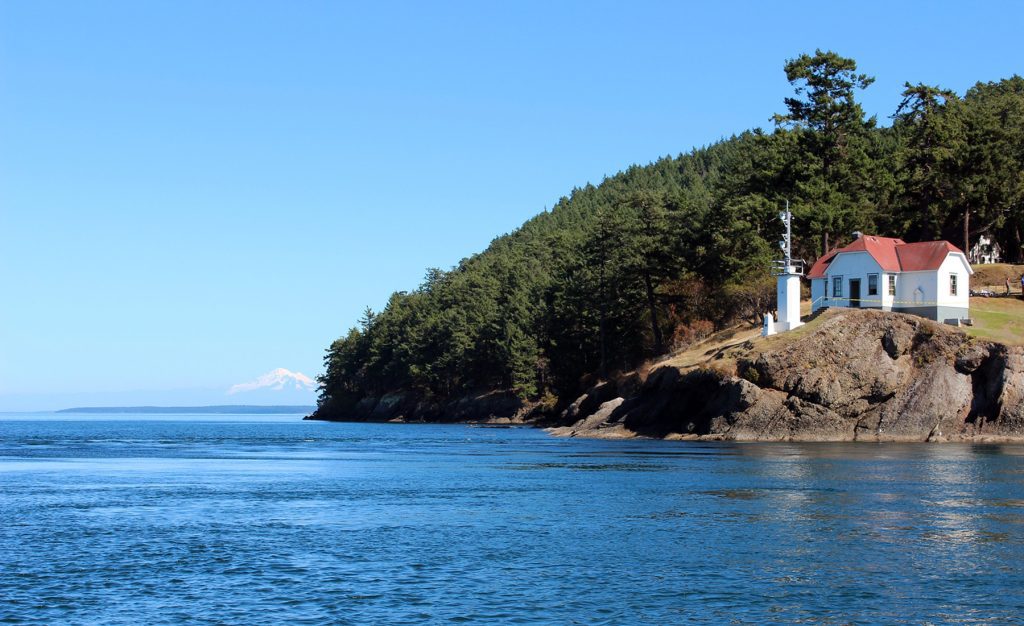
A keeper’s dwelling, fog signal building, barn, water tanks, and a white lens lantern were all constructed at the island’s west end, and officially began operating in November 1983 under the watch of A.F. Allen. In February 1897, a tugboat ran aground on rocks outside the station; keepers helped dislodge the tug but had to lock a drunken sailor in the station’s hen house after he pulled a knife on his shipmates.
Turn Point remained a station of keepers and their assistants until 1939, when Coast Guard personnel took over. The light was automated in 1974, with the keepers’ dwelling later used by the University of Washington for whale research.
Getting there requires a boat, as well as a bit of a hike. The station is publicly accessible year-round, and a museum and gift shop is operated from July to September in the historic fog signal building.
Burrows Island Lighthouse
Recently nominated to the National Registry of Historic Places, the Burrows Island Lighthouse sits on the western tip of tiny Burrows Island near Anacortes, facing the Rosario Strait.

Beginning operation in 1906, the wood-framed lighthouse operated with a classic Fresnel lens for many decades. In 1972 the lighthouse was automated, and modern lighting was installed in the early 1990s. The lighthouse was falling into disrepair by 2011, when the Northwest Schooner Society received custodianship of the lighthouse and began extensive restoration efforts.
Although the group hoped to begin holding open houses by summer 2024, the buildings are currently closed to the public. The island is accessible only by boat.



